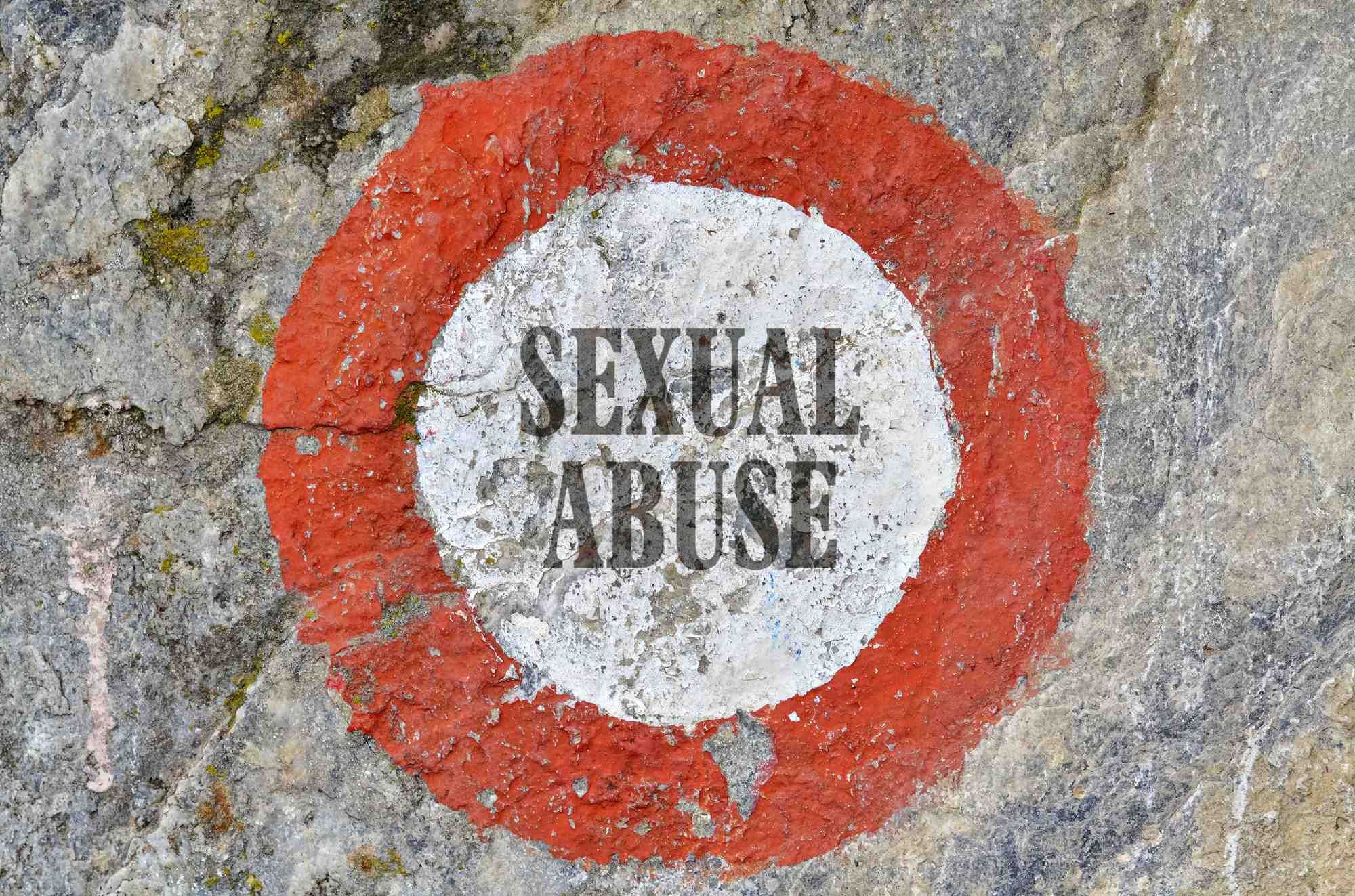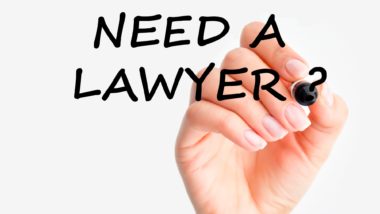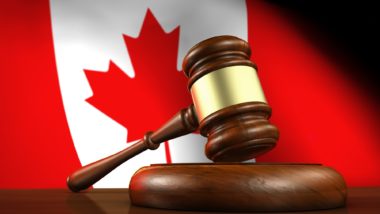Top Class Actions’s website and social media posts use affiliate links. If you make a purchase using such links, we may receive a commission, but it will not result in any additional charges to you. Please review our Affiliate Link Disclosure for more information.
“Injunctive relief” is a legal term that describes a court-issued order requiring a defendant to take some sort of action or to cease doing something to avoid further harm to the plaintiff in a lawsuit.
These types of remedies are also called injunctions. They can be used in situations where other damages, like money, do not suffice. Courts will issue them based on the balance of a number of factors, including the continuing harm that may occur if the damaging action is not stopped and hardship suffered by the plaintiff.
Injunctive Relief Meaning
When a party asks for injunctive relief, they are seeking an “equitable remedy.” These types of remedies are appropriate when money damages will not adequately resolve the dispute. For example, if residents of a neighbourhood take a factory to court over air pollution affecting their residences, the award of money damages will not adequately protect them from future harm if the factory continues to operate in the same way that pollutes their neighbourhood.
Types of Injunctive Relief
According to Thomson Reuters, injunctive relief can require a defendant to do one of two things:
- Stop acting in a particular way
- Do a particular action
These are called prohibitive and mandatory injunctions. A court order can include one or both of these types of injunctions, although Thomson Reuters notes that courts tend to more commonly order prohibitive injunctions.
In addition, injunctions can be a part of class action settlement agreements. Under the terms of a settlement, the defendant can agree to act or stop acting in a certain way that causes harm to the proposed Class Members. These injunctions can include prohibitions on certain types of advertising activities or an agreement by the defendant to change its practices or policies.
Injunctions can be temporary, last until a specific date, or be permanent. Plaintiffs often ask for temporary injunctions at the beginning of a lawsuit in order to stop some kind of harm they are attempting to litigate. These injunctions typically last until the end of the lawsuit. They are meant to keep the parties in “status quo” or in the same position for the duration of the litigation.
Courts can also order injunctions at the conclusion of litigation. Sometimes these injunctions will only last temporarily, depending on the details of the case.
Parties who violate an injunction can be held in contempt of court, which can come with fines and even jail time.
Injunctive Relief Examples
One type of injunction is a “temporary restraining order” or TRO. These can also be called preliminary or interlocutory injunctions. Plaintiffs often ask for these types of injunctions at the beginning of a lawsuit. To establish that a TRO or preliminary injunction is necessary, the plaintiff must demonstrate that they will suffer irreparable harm if the defendant is not compelled to act or stop acting in a way that damages the plaintiff or the public interest.
One example of a preliminary injunction or TRO would be an order requiring a construction company to stop or cease work on a project where there is a dispute about the use of land or a building that would be damaged in the construction. For example, an environmental group may ask for an injunction on planned construction on wetlands they are attempting to argue is protected. This injunction would be temporary and, if the environmental group lost the case, the construction could go on as planned.
If the environmental company won the lawsuit, however, the injunction could become permanent. Permanent injunctions require defendants to cease acting in certain ways with no time limit. They are most commonly used in lawsuits related to the environment, for example, stopping activities that pollute water supplies or contaminate lands.
Temporary injunctions can be ordered at the end of litigation or as a part of a settlement agreement. Some examples of temporary injunctions include requiring companies to change their policies, procedures, and/or practices within a certain amount of time. For example, if a company is accused of violating the Consumer Protection Act, they may be required under an injunction to cease that activity for a number of years until they hire appropriate consultants and change their marketing strategies to come into compliance with the law.
How to File an Application for Injunctive Relief
A plaintiff who is seeking injunctive relief can apply in several ways depending on the type of injunction needed and the rules of the particular court where the lawsuit will be filed. Many lawyers will demand injunctive relief as a part of the damages sought in a lawsuit.
In addition, applications for a preliminary injunction or temporary restraining order can be made “ex parte,” which means they can be filed outside of the regular context of motions filed between the two parties. Ultimately, this can mean that the court will hear the plaintiff’s argument for an injunction at a hearing without the defendant present; however, in most cases, a reasonable effort must be made to notify the defendant or their counsel of the ex parte motion and hearing.
Applications for injunctive relief are most commonly requested in the following situations:
- Bankruptcy
- Breach of contract or fiduciary duty
- Infringement of intellectual property or sale of counterfeit items
- Minority shareholder disputes
Have you ever applied for an injunction? Tell us what happened in the comment section below!
ATTORNEY ADVERTISING
Top Class Actions is a Proud Member of the American Bar Association
LEGAL INFORMATION IS NOT LEGAL ADVICE
Top Class Actions Legal Statement
©2008 – 2024 Top Class Actions® LLC
Various Trademarks held by their respective owners
This website is not intended for viewing or usage by European Union citizens.

















